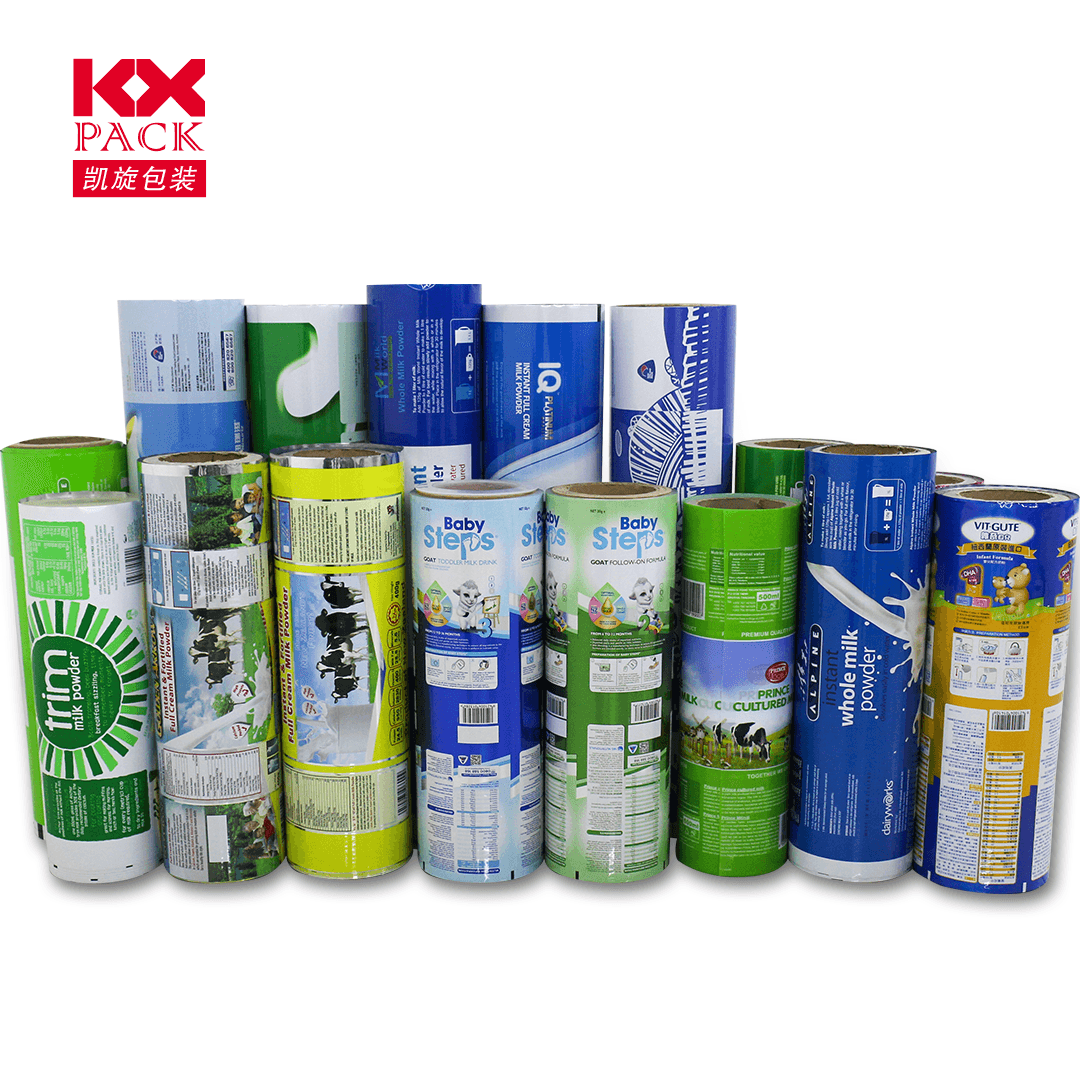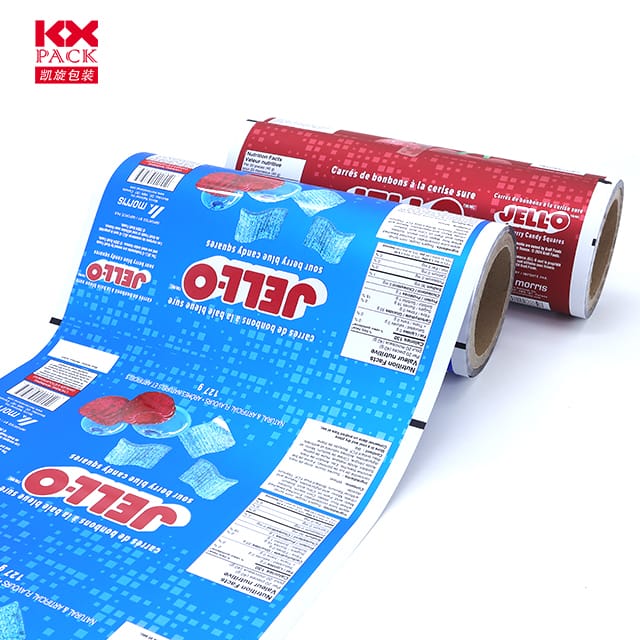Exploring Multilayer Films for Food Packaging: A Supplier’s Perspective
Ko'p bosqichli filmlar
In the ever-evolving landscape of food packaging, multilayer films have emerged as a game-changer, offering a myriad of benefits that cater to the diverse needs of the food industry. As suppliers in this dynamic field, we are constantly striving to innovate and provide solutions that not only protect food products but also enhance their shelf life, maintain freshness, and ensure safety.
Understanding Multilayer Films
Multilayer films are composed of two or more layers of different polymers, each layer serving a specific purpose. This unique structure allows for the combination of properties that would be difficult to achieve with a single polymer. Masalan; misol uchun, one layer can provide excellent barrier properties against oxygen, namlik, va yorug'lik, while another layer can offer good heat sealability, mechanical strength, or printability.
One of the key advantages of multilayer films is their ability to tailor-make packaging solutions for different food products. Whether it’s fresh produce, frozen foods, or processed snacks, there is a multilayer film configuration that can meet the specific requirements. Masalan, in the case of frozen foods, a film with good low-temperature heat sealability and high impact resistance is essential to prevent leaks and damage during transportation and storage.
Cutting-Edge Innovations in Multilayer Films
Recent research and development efforts have led to significant advancements in multilayer film technology. One notable innovation is the use of biobased and biodegradable polymers in the production of these films. Biopolymers such as Polybutylene Succinate (PBS) and Polyhydroxybutyrate (PHB) are being combined with nanoclays to create multilayer blown films with enhanced barrier properties. These films not only offer the same level of performance as traditional petroleum-based films but also have a lower environmental impact, as they are biodegradable and can help reduce plastic waste.
Another area of innovation is the development of active packaging films. These films incorporate oxygen scavengers or other active agents that can interact with the food product or the surrounding environment to extend shelf life and maintain food quality. Masalan, a three-layer structure composed of polyethylene terephthalate (UY HAYVONI) as external inert layers and PET with a polymeric oxygen scavenger as the core reactive layer has been shown to significantly increase the scavenging activity of the multilayer film.
Applications Across the Food Industry
Multilayer films are widely used in various segments of the food industry. In the fresh food sector, they are used to package fruits, sabzavotlar, and meat products, providing a barrier against moisture and oxygen that can cause spoilage. For frozen foods, such as seafood, noodles, and prepared meals, multilayer films with good heat sealability and low-temperature performance are crucial to prevent freezer burn and maintain product integrity.
In the convenience food market, multilayer films play a vital role in packaging snacks, ready-to-eat meals, va ichimliklar. They offer excellent printability, allowing for eye-catching graphics and product information, while also providing the necessary barrier properties to protect the food from external factors. Qo'shimcha, in the pet food industry, multilayer films are used to package dry and wet pet foods, ensuring freshness and preventing contamination.
Leading Suppliers in the Market
Several suppliers are at the forefront of providing high-quality multilayer films for food packaging. Companies like DIC have a long history of producing coextruded multilayer films using advanced technologies such as the T-die process. Their product lineup includes a wide range of films with different layer structures and features, tailored for various applications in the food and pharmaceutical industries.
Another notable supplier is a global food packaging company that operates in three segments: Fiber and Foodservice Europe-Asia-Oceania, Shimoliy Amerika, and Flexible Packaging. They offer a diverse range of packaging solutions, including paperboard and molded fiber packaging for fresh food and drinks, as well as flexible packaging materials for food, ichimliklar, and pet care products. Their commitment to innovation and sustainability is evident in their efforts to develop eco-friendly packaging solutions.
The Future of Multilayer Films in Food Packaging
As the food industry continues to grow and evolve, the demand for innovative packaging solutions will only increase. Multilayer films are well-positioned to meet this demand, thanks to their versatility, performance, and potential for further development. In the future, we can expect to see even more advanced multilayer films with improved barrier properties, enhanced functionality, and a greater focus on sustainability.
Masalan; misol uchun, the use of smart packaging technologies, such as pH-sensitive indicators or oxygen sensors, integrated into multilayer films could provide real-time information about the freshness and quality of the food product. This would not only benefit consumers but also help food manufacturers and retailers optimize their supply chain management.
Yakunida, multilayer films have revolutionized the food packaging industry, offering a wide range of benefits that cater to the diverse needs of food products and consumers. As suppliers, we are committed to continuing to innovate and provide high-quality, sustainable packaging solutions that meet the evolving demands of the market. Whether it’s through the use of biobased polymers, active packaging technologies, or smart packaging features, the future of multilayer films in food packaging looks promising.







